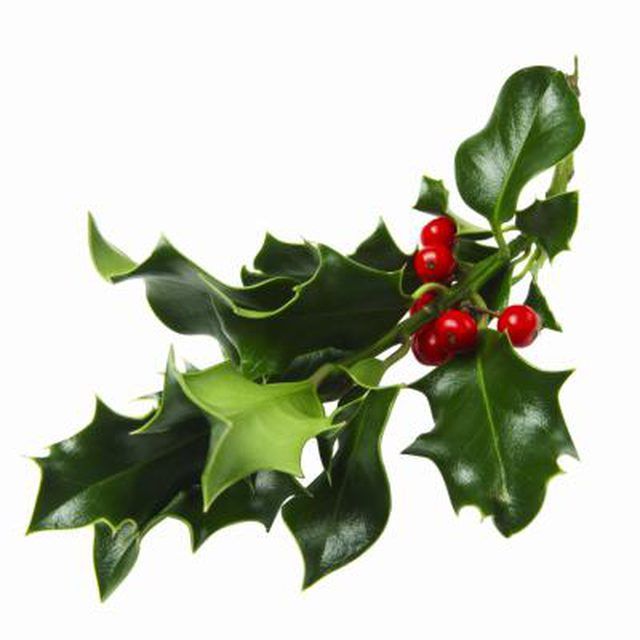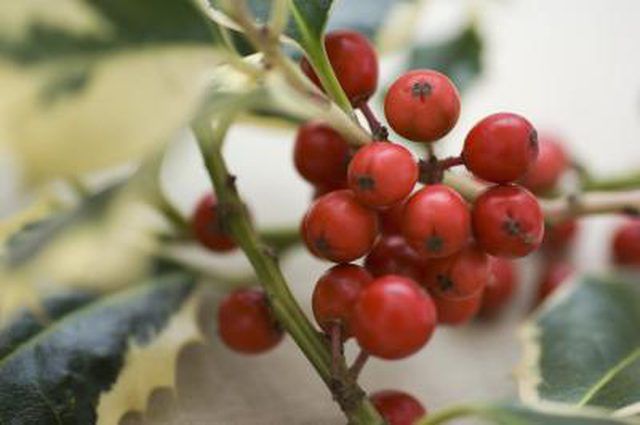Bulbs
Flower Basics
Flower Beds & Specialty Gardens
Flower Garden
Garden Furniture
Garden Gnomes
Garden Seeds
Garden Sheds
Garden Statues
Garden Tools & Supplies
Gardening Basics
Green & Organic
Groundcovers & Vines
Growing Annuals
Growing Basil
Growing Beans
Growing Berries
Growing Blueberries
Growing Cactus
Growing Corn
Growing Cotton
Growing Edibles
Growing Flowers
Growing Garlic
Growing Grapes
Growing Grass
Growing Herbs
Growing Jasmine
Growing Mint
Growing Mushrooms
Orchids
Growing Peanuts
Growing Perennials
Growing Plants
Growing Rosemary
Growing Roses
Growing Strawberries
Growing Sunflowers
Growing Thyme
Growing Tomatoes
Growing Tulips
Growing Vegetables
Herb Basics
Herb Garden
Indoor Growing
Landscaping Basics
Landscaping Patios
Landscaping Plants
Landscaping Shrubs
Landscaping Trees
Landscaping Walks & Pathways
Lawn Basics
Lawn Maintenance
Lawn Mowers
Lawn Ornaments
Lawn Planting
Lawn Tools
Outdoor Growing
Overall Landscape Planning
Pests, Weeds & Problems
Plant Basics
Rock Garden
Rose Garden
Shrubs
Soil
Specialty Gardens
Trees
Vegetable Garden
Yard Maintenance
Are the Berries on Holly Plants Poisonous?
Are the Berries on Holly Plants Poisonous?. Throughout the world, there are over 400 species of holly plants. Although edible to some birds and other animals, holly berries are not edible for humans and should not be consumed.
Throughout the world, there are over 400 species of holly plants. Although edible to some birds and other animals, holly berries are not edible for humans and should not be consumed.

For humans, eating more than three holly berries can cause prolonged nausea, vomiting, diarrhea and drowsiness. Holly berries are considered more harmful to children, but are not considered fatal. If you have ingested holly berries and are experiencing an adverse reaction, contact the nearest poison control center.

Ilicin is the toxic principle in many holly berries. Some species, like the English holly, contain the toxin theobromine in the leaves and berries of the plants. Regardless of which type of holly is consumed, ilicin and theobromine produce nausea, vomiting, drowsiness and diarrhea when ingested in quantity. Ilicin is also known to cause dermatitis.

Holly berries are red, black, orange or yellow. Holly is found in many areas across the world. Species of holly are found in Europe, the Mediterranean, North Africa, Asia, Northern Iran, North America and Australia.
